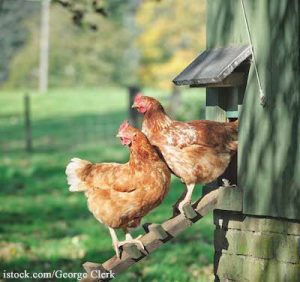A new case of H5N8 bird flu in Korea has led to the culling of 50,000 chickens, according to The Chosun Ilbo. The Ministry of Agriculture, Food and Rural Affairs confirmed the case on Sunday, March 9, 2014. Now only Gangwon and Jeju provinces do not have birds with the virus. No human infections have been reported to date.
 A farm in Gyeongju bought 6,700 chickens from a farm in Pyeongtaek, in Gyeonggi Province. The new bird flu strain was detected there on March 4, 2014. The virus was found in bird droppings on the farm. Authorities are culling 500,000 chickens in the area. Lab tests are ongoing to determine if the virus is highly transmissible.
A farm in Gyeongju bought 6,700 chickens from a farm in Pyeongtaek, in Gyeonggi Province. The new bird flu strain was detected there on March 4, 2014. The virus was found in bird droppings on the farm. Authorities are culling 500,000 chickens in the area. Lab tests are ongoing to determine if the virus is highly transmissible.
The new bird flu strain was detected in Korea on January 16, 2014. Since then, more than 2.8 million birds have been killed.
In the U.S. we’re used to hearing about bird flu issues in China, but that disease isn’t limited to that country. Some Korean officials say that migratory birds brought the disease to the country, but experts think that a mild form was brought in, which quickly mutated. The conditions on bird farms “provide perfect conditions for a virus to get pathogenic really quickly,” Judit Szabo, science officer for the East Asian-Autralasian Flyway Partnership said in a statement.
According to Science Insider, the virus was found in a wild goose near the National Institute of Animal Science’s campus near Seoul. That facility houses 18,000 hens and ducks for research. If those birds are infected, all of them will have to be culled, which would seriously affect research programs.




